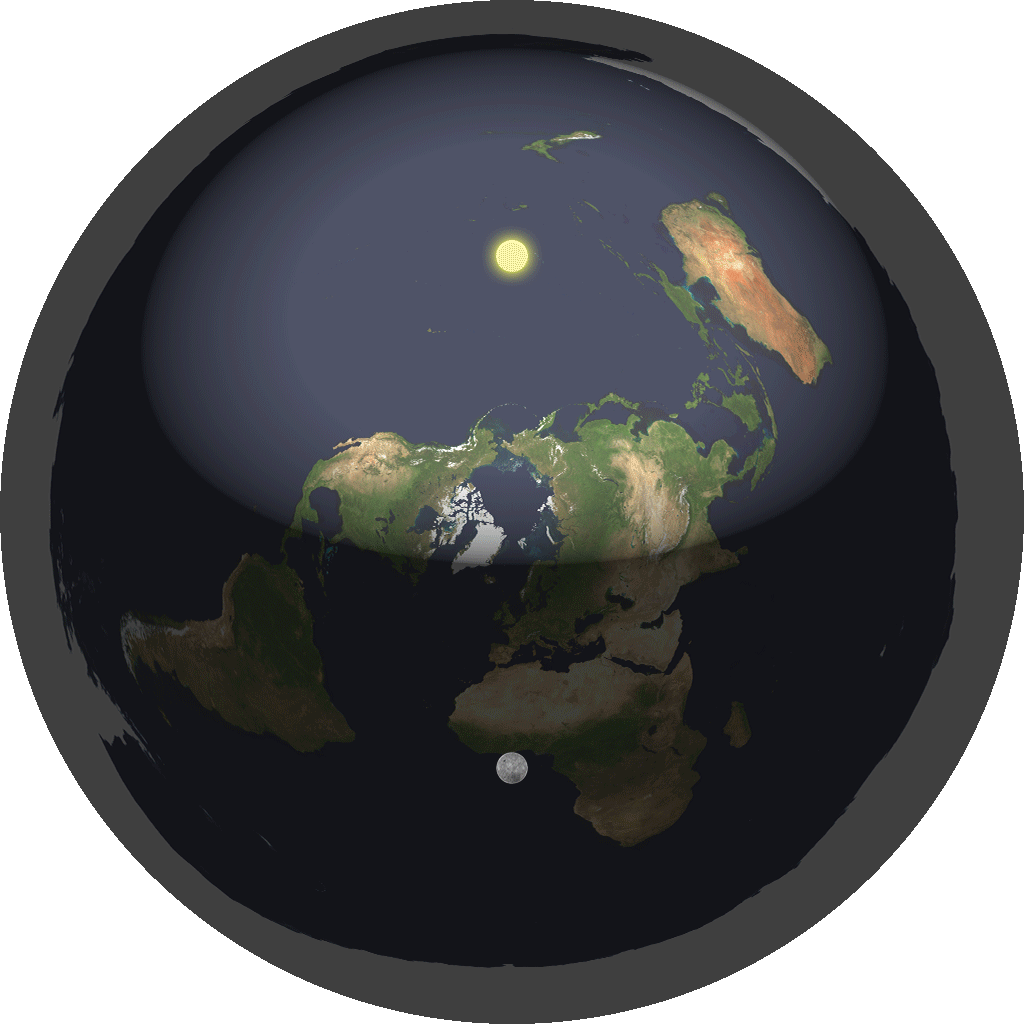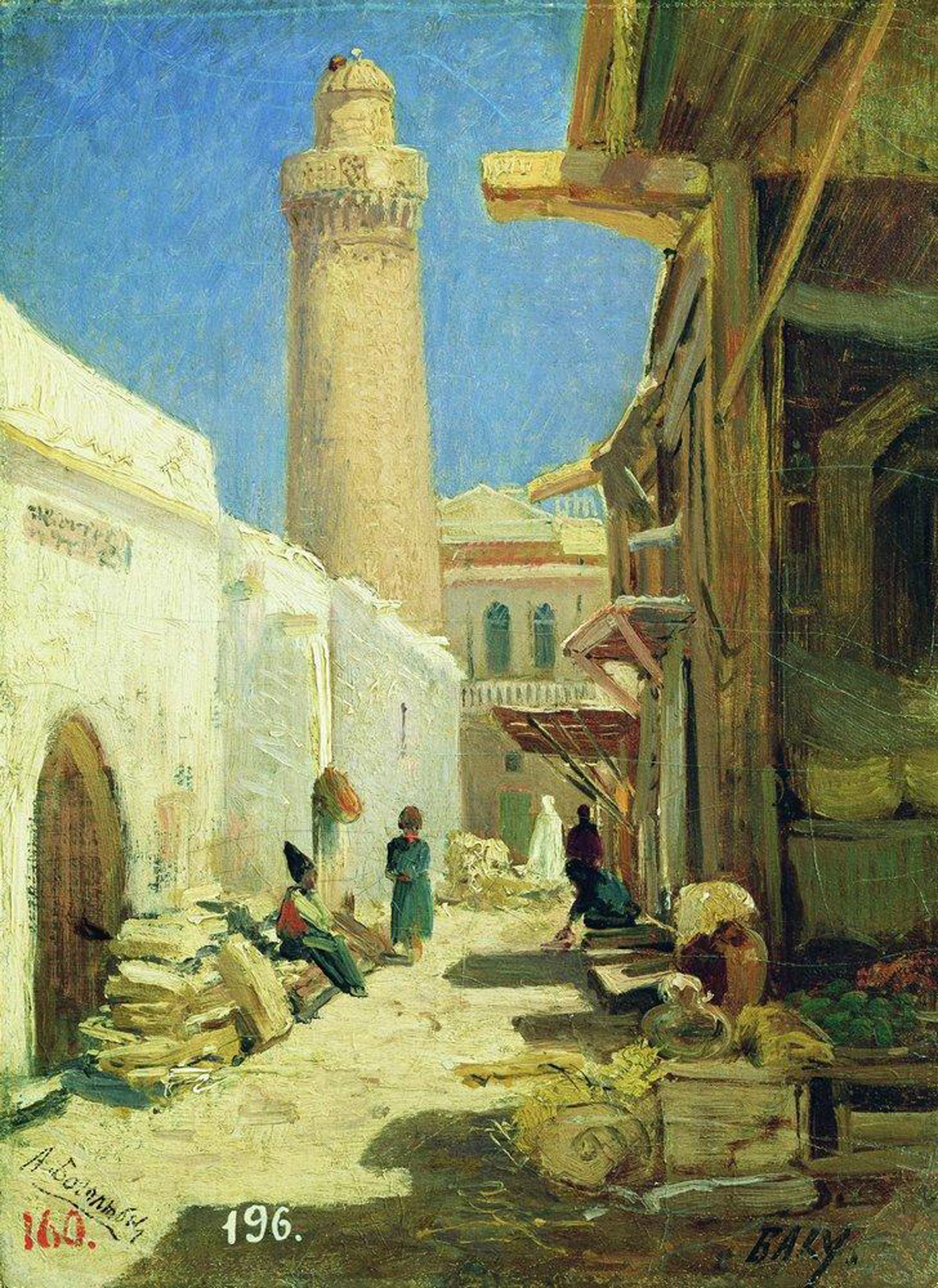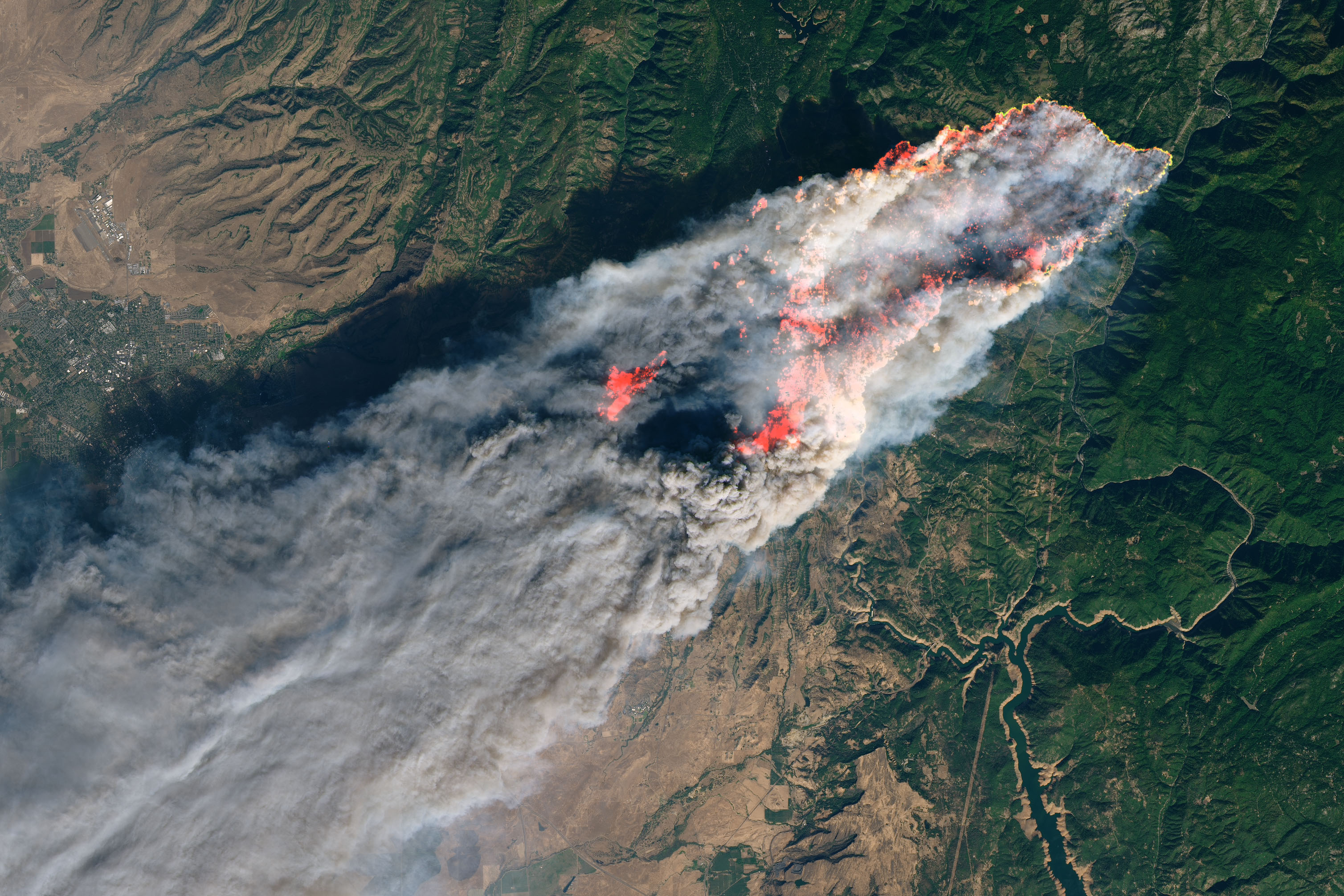
As the sun rises and sets, the resulting diurnal rhythm is what we call time. Before the world became connected through high speed transport, local towns set their own clocks. Noon was determined by the high point of sun in the sky: so, noon in Boston might be a bit different from noon in Baltimore, and certainly different from noon in Boise. There were 144 varied “time zones” in North America in the 1880s.

Trains changed the world in many ways including time. When the US built the Transcontinental Railroad, collisions on tracks were avoided by runners sent ahead with reports of trains arriving. Using lightweight paper, warnings were called “flimsies” – not too reassuring when the safety of passengers was at stake.

British rail, emerging from wooden (and then iron) tracks making it easier to convey coal from mines to waiting barges, may have begun the rail era, but it took until 1847 for British rail companies to adopt one time schema across the rail system. It was called “Railway Time.”

Canadian rail surveyor Sanford Fleming, who worked on the development of the Canadian Pacific Railway, that brought the idea of time zones to the world. Fleming proposed four time zones for North America: Eastern, Central, Mountain, and Pacific. The idea changed a continent and then the world.

On 18 November 1883, Fleming’s system brought the world together for the International Prime Meridian Conference in Washington DC in one of the most important global agreements. Greenwich Meridian was chosen as the “zero” center of longitude, and set the sounding note upon which the harmony of world time became based. Can we agree upon climate goals and timeline, now?

Noon, 18 November 1883 became known by a special name. Why? At noon that day, all rail stations set their clocks according to the new Prime Meridian system adopted. But because most town clocks and sundials at the stations may have already passed noon, or were about to based on the overhead sun, those systems also hit their mark. So, 18 November 1883 became known in history as the “Day of Two Noons.”

While the world still works on Fleming’s idea, modern communication systems – a form of transport – like the Internet sparked a new time concept. Swatch watch maker proposed each day be portioned by “beats” as the rhythm of time and perhaps a certain bow to musical time signatures. Internet time has 1000 beats: each lasts 1 minute and 26.4 seconds. Its central meridian was located in Swatch’s office in Biel, Switzerland. They called it BMT (Biel Mean Time). Going beyond Fleming’s view of the world, BMT or Internet time does not have zones: we’re all online simultaneously – on the same beat.

Coordinated Universal Time (UTC) has lately been the new standard, coordinating time zones with the Earth’s rotation. International Atomic Time (TAI) combines the readings of 400 atomic clocks. Universal Time (UT1) is astronomical time based on the Earth’s rotation: it’s related to the International Meridian Conference’s system, and remains the standard. Another clock we all might watch carefully (see above) is the Doomsday Clock.

If the world can agree on time zones, can we hope that we will now find a way to agree upon climate goals and justice? It’s about time.
Brooke, K. Lusk. “Day of Two Noons.” 18 November 2022. https://blogs.umb.edu/buildingtheworld/2022/11/18/transport-day-of-two-noons/
Brown, Lynn. “How railroads inspired the creation of time zones.” 18 November 2024. BBC. https://www.bbc.com/travel/article/20241115-how-railroads-inspired-the-creation-of-time-zones
Bulletin of the Atomic Scientists. “2024 Doomsday Clock Announcement,” 23 January 2024. https://thebulletin.org/doomsday-clock/
COP29. https://cop29.az/en/home
Davidson, Frank P. and K. Lusk Brooke. “The Transcontinental Railroad,” pages 205-218; and “The Canadian Pacific Railway,” pages 253-287. Building the World. Greenwood, 2006.
International Prime Meridian Conference. For the founding document: https://greenwichmeantime.com
New York Times. “Turning Back the Hands: A Quiet Change to the Standard Time.” 18 November 1883. Digital reproduction of text: http://historymatters.gmu.edu/d/5748
Terrell, Ellen. “The Day of Two Noons.” January 2021. Library of Congress. https://guides.loc.gov/this-month-in-business-history/november/day-of-two-noons
Building the World Blog by Kathleen Lusk Brooke and Zoe G. Quinn is licensed under a Creative Commons Attribution-NonCommercial-NoDerivs 3.0 U




















